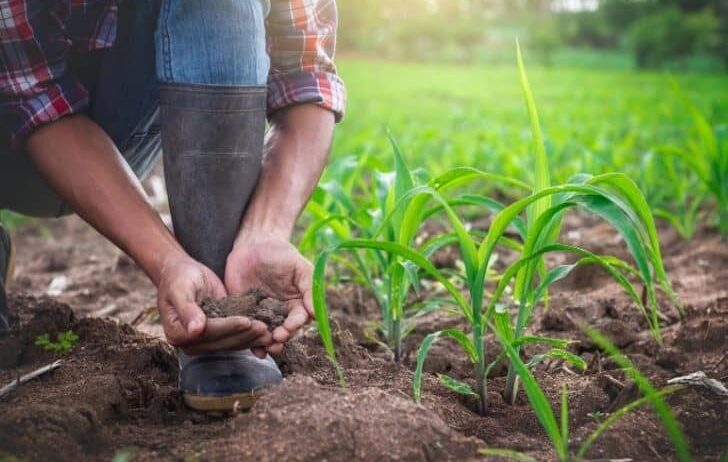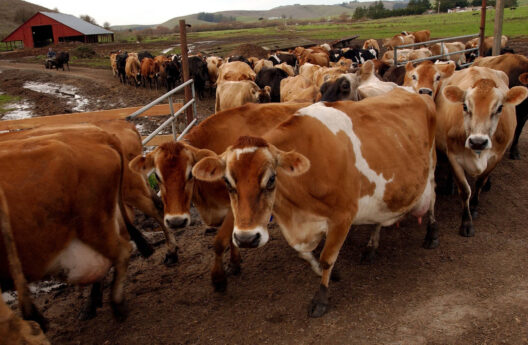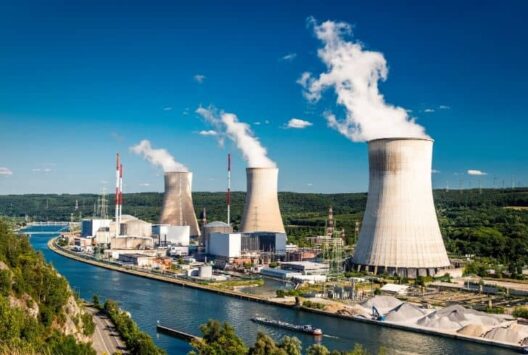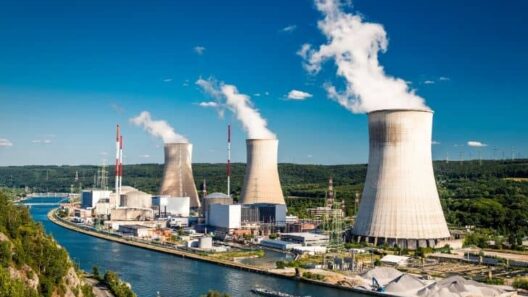In the ever-evolving tapestry of agriculture, where the bounties of the earth are weaved with the threads of innovation, energy conservation emerges as a crucial stitch binding sustainability and productivity. The agriculture sector, often likened to a double-edged sword, has the potential to nourish the world’s populace while simultaneously contributing significantly to energy consumption and greenhouse gas emissions. Embracing the paradigm of energy conservation in farming practices is akin to nurturing a garden—each mindful action, like a drop of rain, contributes to a flourishing ecosystem.
Central to the endeavor of conserving energy in agriculture is the concept of sustainable farming practices. These methodologies not only decrease reliance on external energy sources but also enhance the resilience of agricultural systems. Employing methods such as crop rotation and intercropping can naturally minimize pest proliferation and reduce the need for synthetic fertilizers—both energy-intensive inputs. By harnessing the innate capabilities of ecosystems, farmers can create a harmonious balance, akin to a symphony, where each element plays a vital role in the overall performance.
Another cornerstone of energy-efficient agriculture lies in the adoption of precision farming technologies. Embracing the Internet of Things (IoT) allows for meticulous monitoring of soil conditions, moisture levels, and plant health. Sensors can be embedded within fields, transmitting real-time data that informs irrigation and resource application. This technology acts as a lifeline, ensuring that energy consumption is tailored to the precise needs of crops without excess. Moreover, the integration of drones for aerial imaging facilitates an eagle-eyed perspective on crop health, allowing for targeted interventions that curtail energy wastage.
Transitioning from traditional to regenerative agricultural practices further highlights energy conservation’s role in fostering a sustainable future. Regenerative agriculture not only focuses on preserving the soil’s integrity but also emphasizes minimizing energy inputs. The application of cover crops, for instance, enriches soil health while simultaneously reducing erosion. It’s an elegant dance as these crops operate in tandem with the seasons, enhancing biodiversity and fortifying resilience against climate variability—all while utilizing less energy in the process.
The significance of water conservation techniques cannot be overstated. Agriculture accounts for approximately 70% of global freshwater usage, and optimizing irrigation practices presents a myriad of opportunities for energy savings. Drip irrigation, for example, conserves water by delivering it directly to the plant roots, drastically reducing wastage and the energy-killing phenomenon of evaporation. This technology is not just about saving water; it embodies a holistic approach where less energy is expended in pumping and delivering water, illuminating the path to greater sustainability.
Moreover, the energy consumption tied to harvesting and post-harvest processing is an often-overlooked aspect of agricultural energy efficiency. Implementing energy-saving machines and opting for more efficient equipment can drastically reduce fossil fuel dependencies. Solar-powered machinery and battery-operated tools are gaining traction, allowing farmers to harvest with a lighter carbon footprint. Envisioning equipment that operates on renewable energy is not merely a vision; it’s a budding reality in the realm of agricultural advancements.
As the world’s appetite for food continues to expand, embracing local food systems can serve as a catalyst for energy conservation. By minimizing transportation distances, local farming reduces the carbon emissions associated with the distribution of agricultural products. It is akin to the age-old saying: “Think globally, act locally.” Regaining a sense of community through local farmers’ markets strengthens food sovereignty while simultaneously reducing the energy expended in food transport and packaging.
The role of education and outreach cannot be underestimated in the quest for energy conservation in agriculture. Empowering farmers with knowledge about energy-efficient practices fosters a culture of innovation. Workshops, field days, and training programs on both traditional and cutting-edge technologies create an informed demographic that is eager to adopt sustainable methods. This ripple effect can transcend farms, culminating in a collective movement towards greener agricultural practices.
In the pursuit of energy conservation in agriculture, the adoption of composting and waste recycling stands as a veritable cornerstone. By repurposing agricultural waste into valuable compost, farmers can not only reduce energy expenditure on fertilizers but also enrich the soil organically. This practice exemplifies the principle of circular economy—transforming waste into resource. The symbiotic relationship formed between waste management and energy conservation serves to highlight the intricate ecosystem that agriculture embodies.
Innovative energy solutions such as biogas systems also merit consideration. Converting livestock waste into biogas not only provides a renewable energy source but also minimizes methane emissions that are otherwise released into the atmosphere. This practice is analogous to capturing the spirit of the earth and utilizing it as power—a compelling marriage of environmental stewardship and practicality.
In sum, conserving energy in agriculture is an intricate dance—one that requires the finesse of sustainable practices, technological integration, and community engagement. Each stride taken toward energy efficiency not only bolsters productivity but also contributes to the well-being of our planet. With agriculture as both a lifeline and a challenge, the movement toward energy conservation is not merely a choice; it is an imperative. The future of food security hinged upon nurturing the balance between resource utilization and environmental restoration beckons a collective effort to embrace this vital path.
By intertwining innovative practices with nature’s inherent wisdom, the agricultural sector can cultivate a flourishing landscape that not only sustains life but enhances the health of our planet—a true green revolution that conserves energies and nurtures futures.








